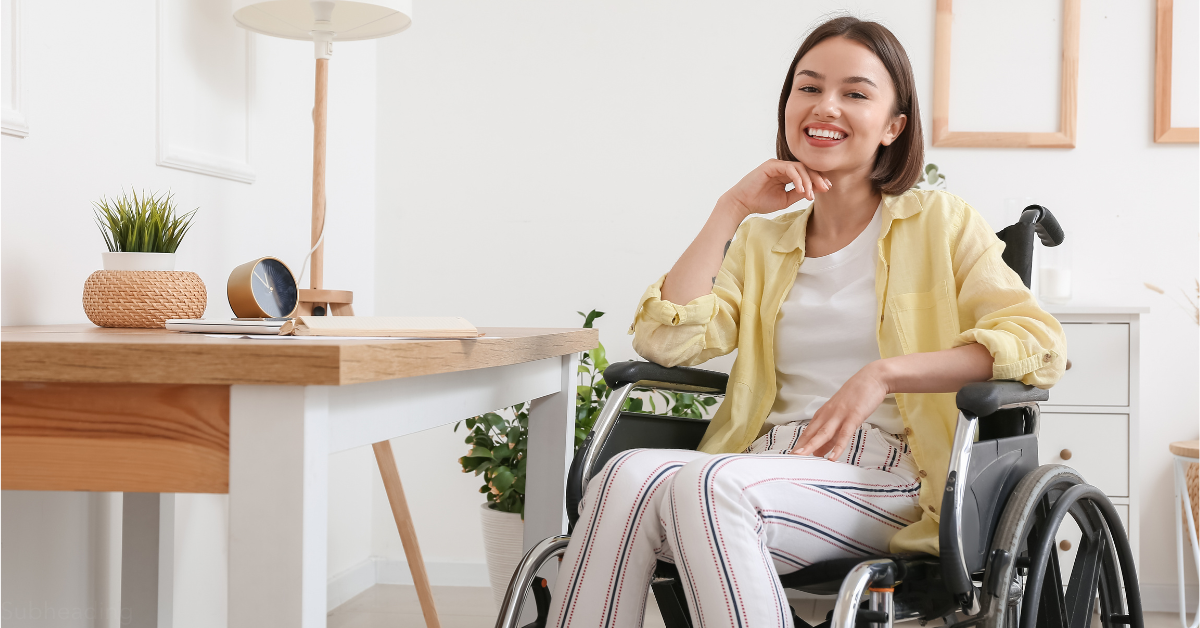
Showing up in Mentorship Relationships
I first joined the mentorship program after moving to Alberta, with 1 year of HR experience under my belt. I was about to join a small, family run business as an HR department of 1. I felt nervous and filled with imposter syndrome when I came across the CPHR Mentorship program.
My mentor helped me build and develop the skills and confidence to master that role because we built and strengthened our relationship over time.
Fast forward 8 years and I finally felt in a place ready to give back to the community that has given so much to me, I signed up to be a mentor. I was enthusiastic about the opportunity to share and impart my wisdom and learned experiences with someone else. It felt important to me, but unfortunately, my first formal foray into mentorship was not what I expected. My protege lacked drive and initiative, they were disengaged and failed to prioritize the relationship, and there were times there was no communication at all.
Being in a successful and gratifying mentorship relationship is something that takes dedication. It does not occur by happenstance, rather commitment from both parties. The output is only ever as good as the input, before we commit to a mentorship relationship, whether as a protege or mentor, it is imperative that we set a foundation. In the same way we have expectations of our colleagues or bosses in the workplace, we need to have transparency to understand what each party hopes to obtain out of the relationship, what is their goal.
So how do we create and build strong mentoring relationships?
- Communicate, be honest & transparent. This should come as no surprise, but the foundation of any good relationship is communicating, and doing so openly. When you initiate your mentorship, in your first meeting you should discuss how you want to communicate (be that text message, email, phone call), how frequently you intend on communicating and meeting, will you meet in person, or virtually? If something isn’t working, or you have an emergency that arises, it should go without saying that you need to actively communicate that with the other person.
(It’s important to note that within the CPHR Alberta Mentorship Guidelines, it is the responsibility of the Mentee to initiate and take the lead with setting up meetings and communication. ) - Do your homework. Come prepared to your meetings, time is precious and each person is taking time out of their day to participate. To ensure you get the most out of the relationship, provide your mentor with questions or problems ahead of your meeting so they have an opportunity to prepare. Most meetings you attend at work have an agenda assigned beforehand, your mentorship should be no different, at least in the beginning.
- Be respectful. Everyone gets it, life can happen, sometimes we can no longer meet our commitment, our schedule changes, however just as you would in the workplace or meeting a friend for coffee, if you won’t be attending, you need to actively communicate and let the other person know.
- Recognize privilege. This year CPHR Alberta had 113 applicants sign up to be a protege, and only 87 number of individuals to be mentors. This meant in the most recent cycle 23 % of individuals went unmatched. It’s important to realize that being part of a mentorship program is a privilege, we need to make sure we are respecting people's time, and if we aren’t valuing the experience, then we should afford others the opportunity who really do want to be there.
While my first time as a mentor may not have gone as planned, I’m still eager to get back out there and share my expertise with otherwise. One negative experience, shouldn’t keep others from benefiting from the CPHR Mentorship program.
Have a mentorship story you’d like to share? Interested in participating and learning more about the CPHR Mentorship?
Please reach out to Lynda Bergeron at
lbergeron@cphrab.ca
The views and opinions expressed in this blog post belong solely to the original author(s) and do not necessarily represent the views and opinions of CPHR Alberta.
The views and opinions expressed in this blog post belong solely to the original author(s) and do not necessarily represent the views and opinions of CPHR Alberta.





